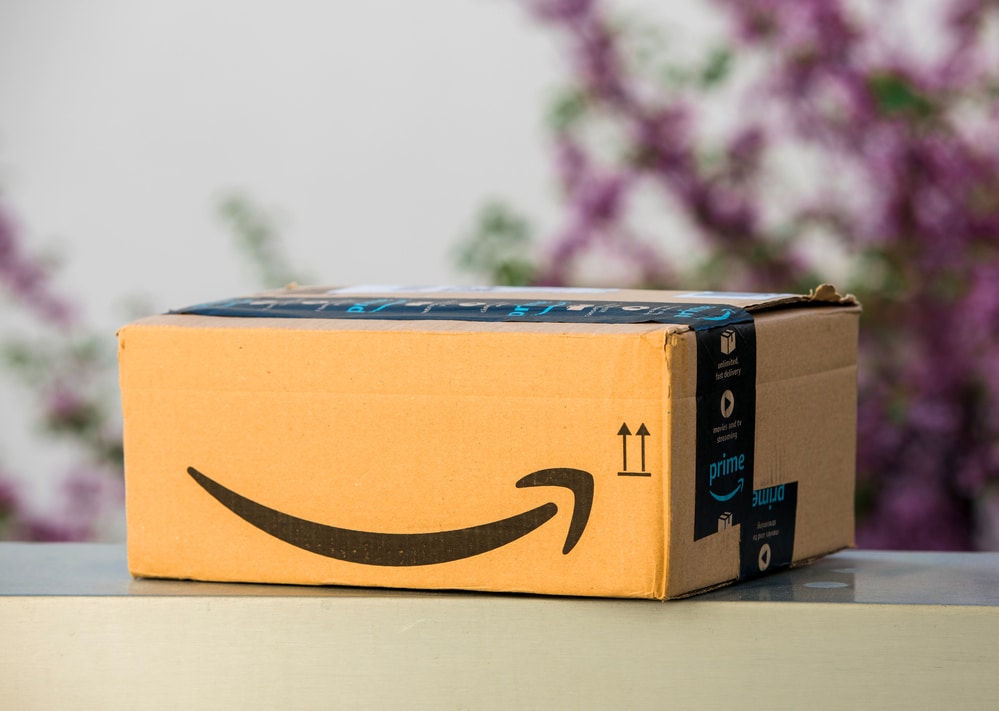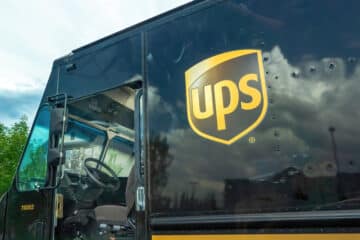

When looking to start an online eCommerce business, most people see Amazon as the frontier that must be conquered. It’s pretty much the one place where everyone buys their items; so, in that spirit, wouldn’t it make sense for a seller to offer their products there, too? Getting your products listed on Amazon is the first step, but fulfilling them once a customer places an order is a whole other story. There are two ways to fulfill your items on Amazon. The first is Seller Fulfilled, which means you’re responsible for your own fulfillment. The second is Fulfilled by Amazon, which means that Amazon will warehouse your items and fulfill them for you, allowing you to not hold any inventory and focus solely on running your Amazon selling business.
Table of Contents
- Take Advantage of Amazon’s Delivery Network with Fulfilled by Amazon
- How FBA Service Works
- How Do I Get My Products to FBA Warehouses?
- The Cost of FBA Depends on Your Item Size and Weight
- Know the Inventory Limitations for Fulfilled by Amazon
Take Advantage of Amazon’s Delivery Network with Fulfilled by Amazon
When you choose to fulfill your products through Fulfilled by Amazon, you get to take advantage of the company’s massive delivery network. Remember the last time you ordered something from Amazon and it showed up at your door the next day? That’s the delivery network you’ll get to plug into…and it will only get more powerful as the company grows.
Much to the chagrin of the three major shipping carriers in the U.S., Amazon is pretty much a full-fledged shipping carrier now, with tens of thousands of next-gen delivery trucks, partnerships with regional carriers, its own Prime airport in Kentucky dedicated to the delivery of products sold on its platform…and even drones carrying out same-day delivery.
Most Amazon sellers choose to fulfill their products with Fulfilled by Amazon since it allows them to:
- Not hold any inventory (Amazon does it for you), and
- Get their products to customers as fast as possible
How FBA Service Works
Here’s how FBA works: a customer orders an item that you listed on Amazon. When they do, it triggers Amazon’s fulfillment network, which queues up your item for shipment from the FBA warehouse.
Perhaps the best thing about FBA service is that your items will receive “Prime” delivery on your Amazon listing. That means that Amazon will prioritize delivery of your products, and your customers will get them ultra-fast…typically in a day or two.
Since Amazon will keep your inventory in its own FBA warehouses, you can run your business with just a laptop from anywhere in the world! The only thing you’ll have to do at that point is to keep an eye on your Amazon listing, stay on top of customer service requests, and order new products from your supplier once your FBA inventory gets low.
How Do I Get My Products to FBA Warehouses?
Once you’ve set up FBA, you can print the FBA shipping labels for each of your products in your Amazon dashboard. All you need to do is enter your supplier’s address, and Amazon will generate shipping labels addressed to the designated FBA warehouse. Then, you’ll be able to send your supplier these labels digitally. They can print them out, slap them on the boxes containing your products, and you’ll be off to the races.
You can send FBA labels to pretty much any supplier, whether they’re located in the U.S. or not. In fact, most Amazon sellers source their products overseas from suppliers they find on marketplaces like Alibaba. Since that’s the case, nearly every supplier on Alibaba is familiar with the process of sending products to FBA warehouses.
This video offers a step-by-step to printing FBA labels.
Which FBA Warehouse Will My Products Be In?
There are dozens of FBA warehouses across the country, but unfortunately, you can’t fully control the warehouse where Amazon will keep your products. Amazon automatically assigns you an FBA warehouse when you generate the FBA labels that you send to your supplier. Your warehouse may be in California, or it may be in Tennessee. At the end of the day, it doesn’t really matter. You’ll be good to go as long as Amazon keeps your products in any one of its warehouses, and your customers will still get “Prime” delivery, no matter where in the U.S. they’re located.
The Cost of FBA Depends on Your Item Size and Weight
As with any shipping carrier, the cost of fulfilling your item depends on its size and weight. The larger and heavier it is, the more expensive it will be. On the other hand, the smaller and lighter your items are, the cheaper they’ll be to fulfill. Amazon combines the shipping cost and the delivery cost into one fulfillment charge that it automatically deducts from your products once a customer makes a purchase. It’s all automated!
Also, getting started with FBA isn’t free (as awesome as that would be). Fulfilled by Amazon costs $39.99 per month, as of this writing, plus any additional selling fees.
…What Other Selling Fees?
Speaking of additional selling fees: depending on the item you’re selling, Amazon may also hit you with other FBA fees on top of fulfillment and delivery. For instance, when selling media such as books, DVDs, music, and other software, Amazon charges you 15% of your listing price as part of the total FBA fee for each item.
Amazon calls these “Category Referral Fees,” and unfortunately, you can’t avoid them at first. You can take a look at all of Amazon’s Category Referral Fees here.
Know the Inventory Limitations for Fulfilled by Amazon
The last thing to know about getting started with FBA is that Amazon will limit your inventory at first. In layman’s terms, you won’t be able to front-load your inventory by sending a ton of products to FBA warehouses. In fact, as a new FBA seller, Amazon limits you to just 1,000 items for any particular listing. This is is because Amazon needs to keep shelf space available in its warehouses for products that customers are buying. Without a proven track record for your items, Amazon can only designate the minimum shelf space. That makes sense, right?
After you’ve sold a bunch of your products and Amazon, the company’s FBA software will start lifting that 1,000-item limit for you.
If you’ve decided you’d like to move forward and you’re ready to get started, you can sign up for FBA here.


Be the first to comment!